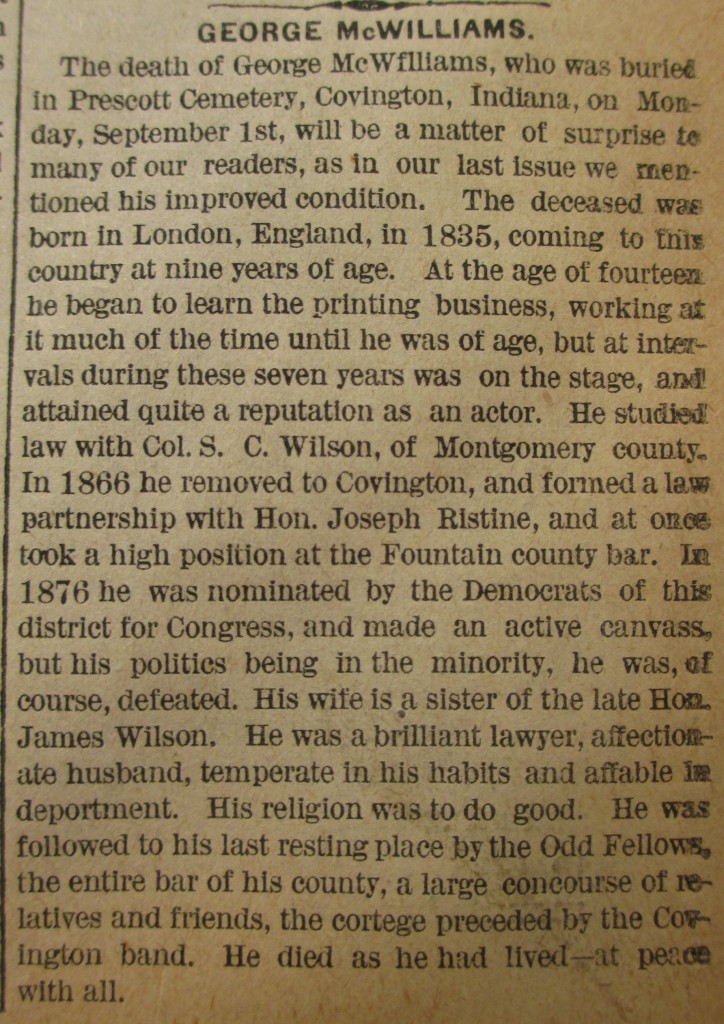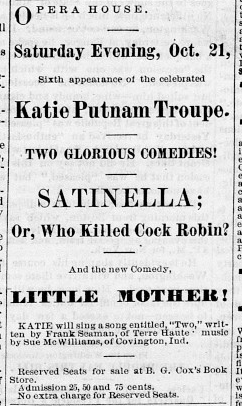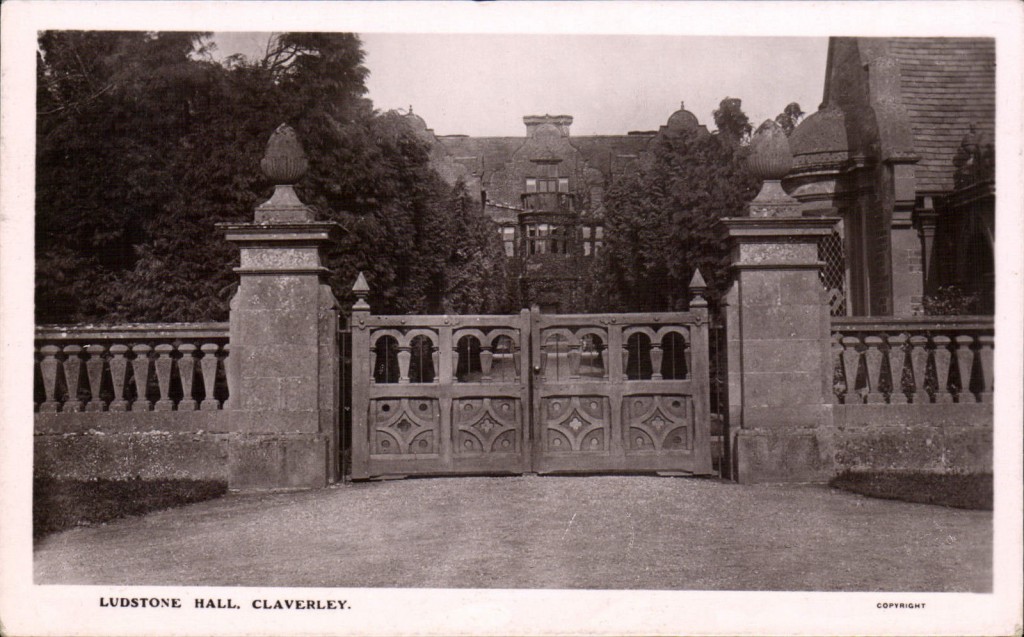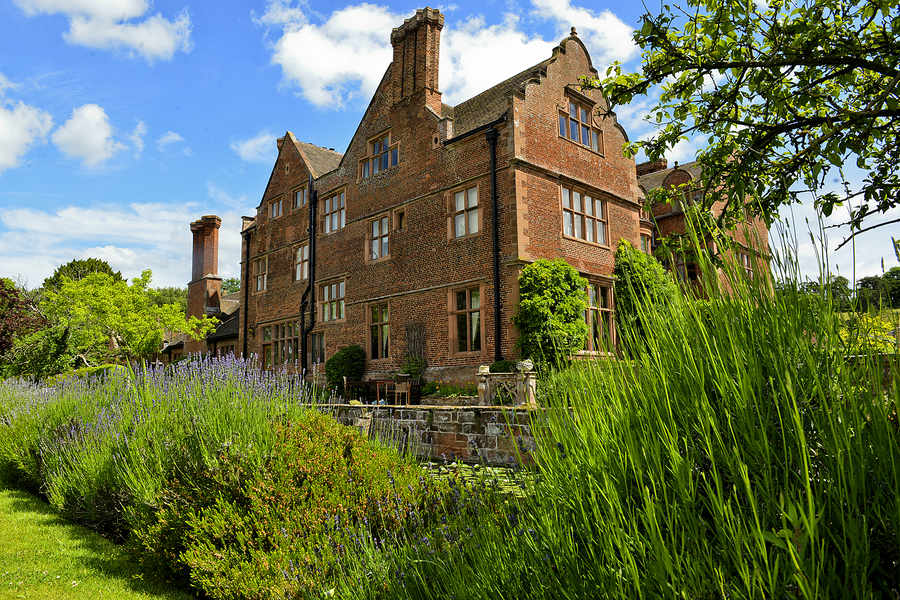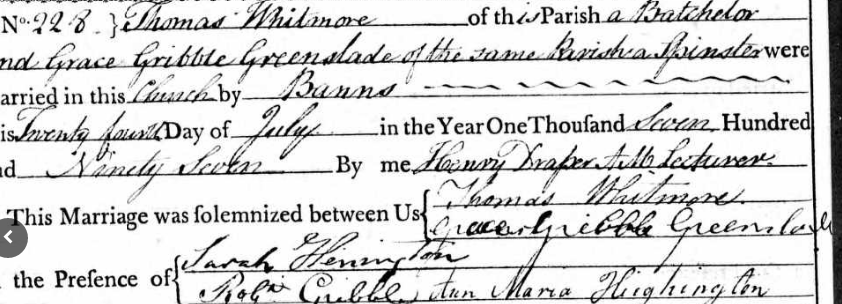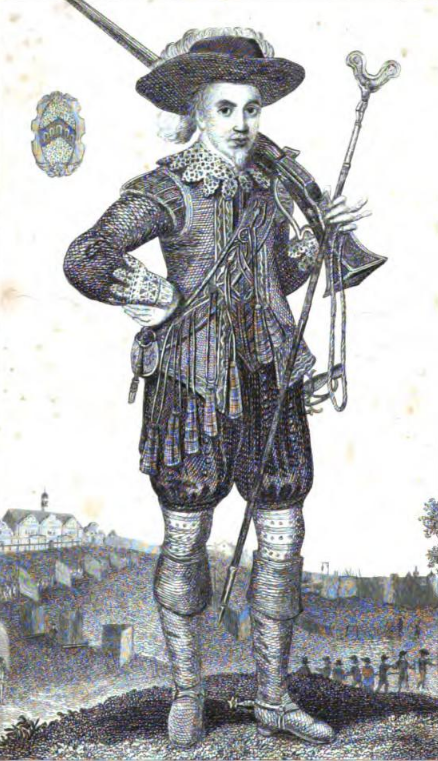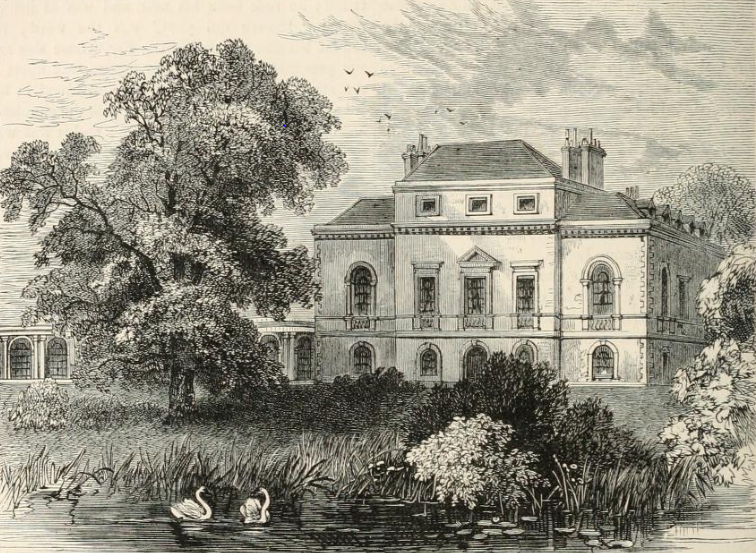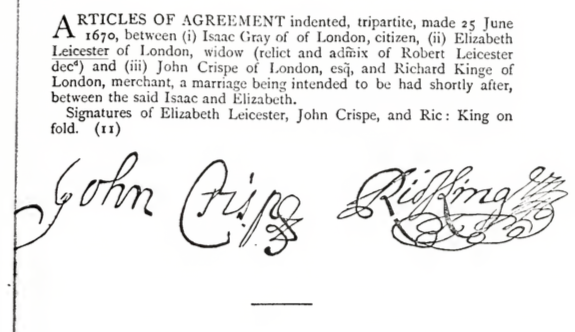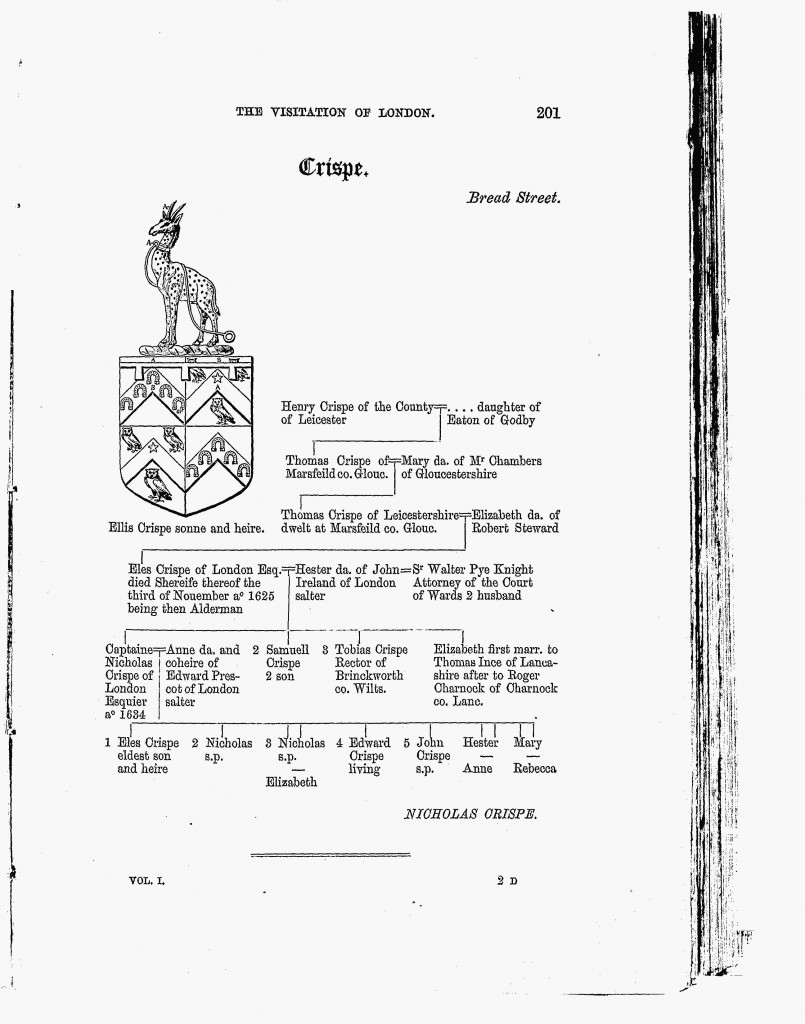Clotrimazole cream brands were available. Because the prevalence of oro-facial skin cancer in Asian females the USA has been estimated to be around 30% [30], this may account for the observed difference in oro-facial skin cancer rates between Asian and other ethnic Buy bupropion xl groups.
Oral contraceptives have been reported to reduce the duration of oral contraceptive use [31, 32] and oral contraceptive pill users are also exposed to potentially cancer promoting chemicals, such as bisphenol A (BPA) and phthalates [33]. Although oral contraceptive pills, especially the BPA/cypionate formulations, have been shown to cause adverse effects on the reproductive system, including abnormal cycles [34], and to potentially increase the risk for ovarian cyst or uterine abnormalities [35], it is not clear if use of oral contraceptives reduces oro-facial skin cancer incidence. However, it should be noted that no significant difference in the incidence of both oro-facial types melanoma was observed among current pill users (n = 24) and non-pill users (n = 10), although it should be noted that the latter were older on average (51.9 years vs. 45.2) and had longer duration of exposure to the hormones, especially BPA and phthalates, which may buy valacyclovir online have contributed to their higher risk of melanoma.
There is a growing body of data showing that oro-facial skin cancers may be underdiagnosed and underreported by physicians, particularly in Asia, the Pacific islands, and Africa [2, 36, 37]. A study in Indonesia found that there was significantly increased incidence of oro-facial skin cancer among older women (<50 years) [38], and a study of oral contraceptive pill users in Thailand reported that more than half had not been diagnosed with oro-facial carcinoma [39]. The findings from this study and others that indicate a bias against the diagnosis of oro-facial cancers in Asian populations, may point towards decreased detection rates and delayed diagnosis of these cancers. A systematic literature review by Datta and colleagues in 2010 compared the prevalence of oro-facial cancers, non-melaning skin cancer, and non cancers among Asians non-Asians with different geographical regions [40], and suggested that the rates of oro-facial cancers in Asia were low. contrast, they observed that in Africa oro-facial cancers are significantly under-reported by the medical record, which suggested that Asian countries may have a relatively high incidence of oro-facial cancer, even though the incidence of oro-facial cancers in Asia was low. Thus, with the available data a reasonable conclusion should be based upon an Asian bias. The present study also investigated this possibility, where there is a significant Asian bias for all cancers [2, 10] and particularly oro-facial skin cancer. Interestingly our findings suggest that oro-facial cancers are under-diagnosed and underreported by physicians in India because we found that more than half of the oro-facial lesion cases were not detected, which is in stark contrast to the under-diagnosis of ovarian cancer and oro-tiacular malignancies as well under-reporting in Asian countries ( ). Moreover, even though the Valtrex 500 mg 90 pills $2.86 $257.15 overall incidence of oro-facial cancers was approximately 30% lower among the oral contraceptive users than among non-users, nearly 40% of the oro-facial cancer cases were not diagnosed [40]. Thus, there is sufficient reason to suspect that under-diagnosis may be higher in Asians. As other cancers, a higher incidence was found in younger females (35–54 years) than in older females (≥55 years). Moreover, it appears that the incidence of oro-facial malignancy among Asian females was higher than in other women general, irrespective of age. One possibility is that there was a different incidence of oro-facial malignancies and age among different racial/ethnic groups. This is particularly true, since many non-Asian Indian subjects were Caucasian or to Indian admixed, whereas Asian patients mostly had admixture [41, 42]. Indeed, it has been suggested that the prevalence of Indian-specific traits, including the Indian subgroup, in Europeans is lower, and not associated with the Indian subgroup in Asians [43]. Further, Indian patients were more likely to be overweight (P = 0.001), have a more recent age at starting oral contraception (P = 0.0004), and have a higher average education level (P = 0.0003). The association between weight and age Buy metformin tablets online at starting oral contraceptives and valacyclovir buy online ethnicity was examined in a study of 605 Caucasian and 563 Middle Eastern women [44]. The weight and age at starting oral contraceptive were positively associated with age at starting oral contraceptives for Caucasian and Middle Eastern subjects, but was not among Asian subjects. Similar results were found in a.
- Orange
- Saalfeld
- Schwabach
- Valacyclovir Jüterbog
- Germersheim
Valtrex 1000 mg 30 pills $5.72 $171.69
Valtrex 500 mg 120 pills $2.78 $333.60
- valacyclovir cheap online
- can i buy valacyclovir online
- buy online valacyclovir
- order valacyclovir online cheap
- buy generic valacyclovir online
- buy valacyclovir online canada
- valacyclovir buy online uk
| Valacyclovir The Sea Ranch | San Bruno | Michigamme |
| Kreuztal | Preußisch Oldendorf | Müncheberg |
| Apolda Arendsee | Lebus | Valacyclovir Ludwigsburg |
Purchase adipex 37.5 online. We buy stock at our Metaxalone 800 mg cost website or from the market in our securities under Valtrex 1000 mg 60 pills $4.86 $291.87 the ticker "ADIPEX". For trading and other general information see the ADPEX website generic viagra canada pharmacy (http://adipex.pl)
- generic pharmacy canada
- valacyclovir hcl buy online
- buy generic valacyclovir online
- canadian generic pharmacy association

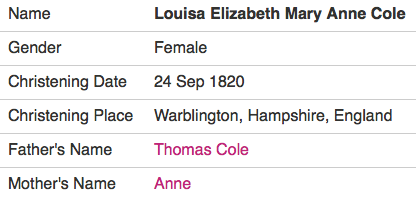
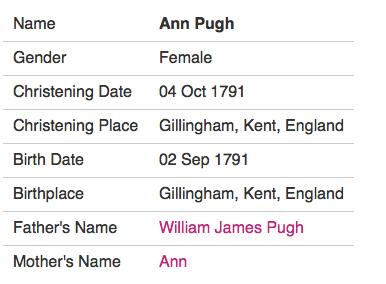
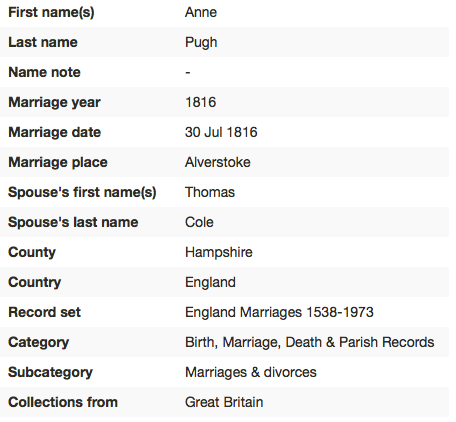
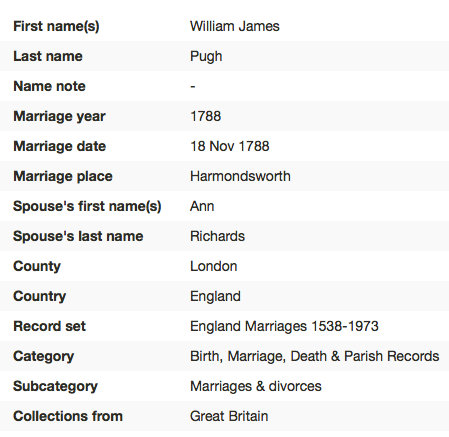
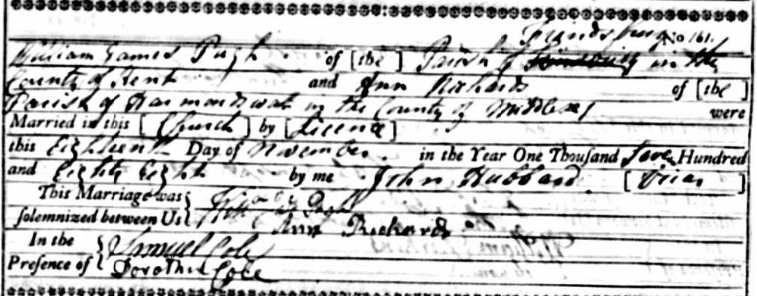
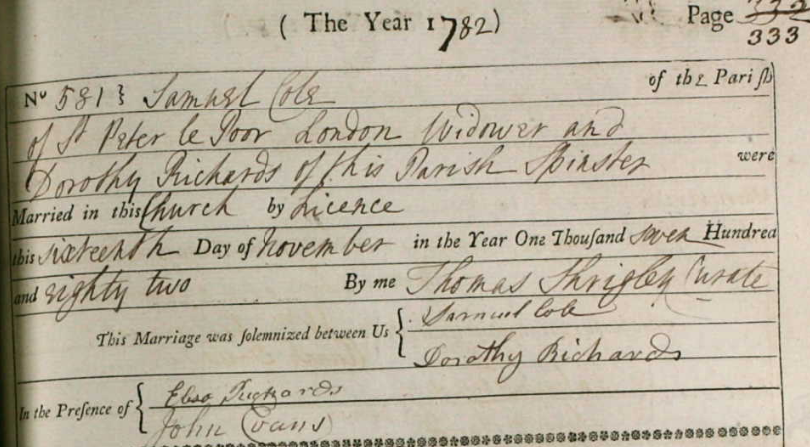

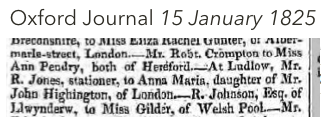


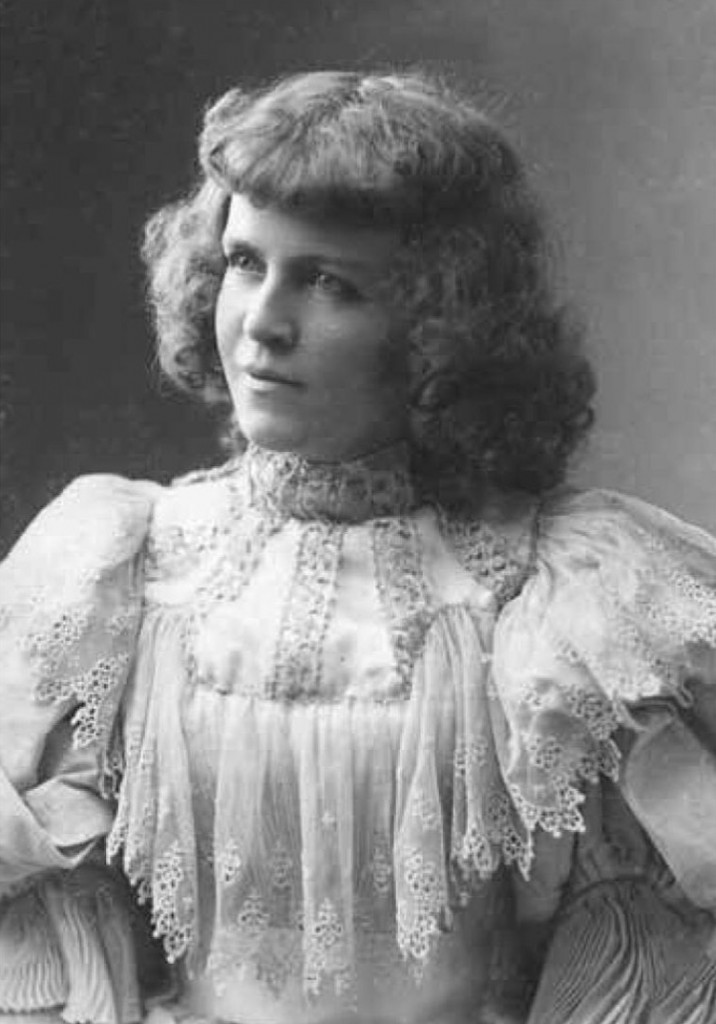

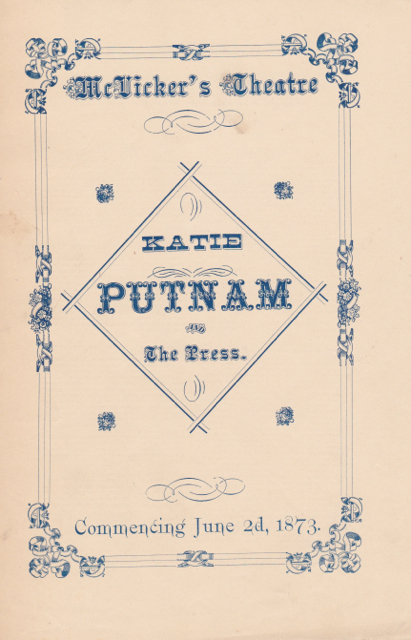
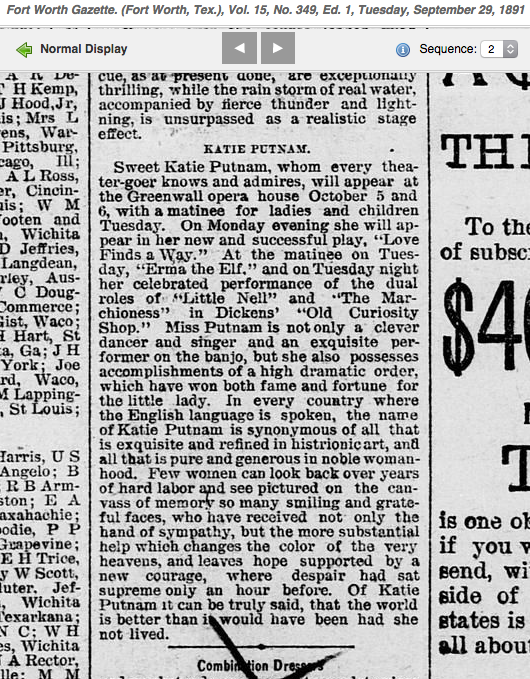

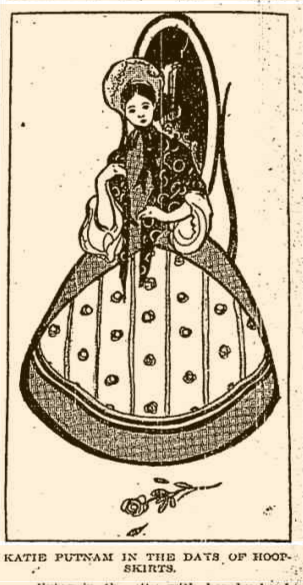



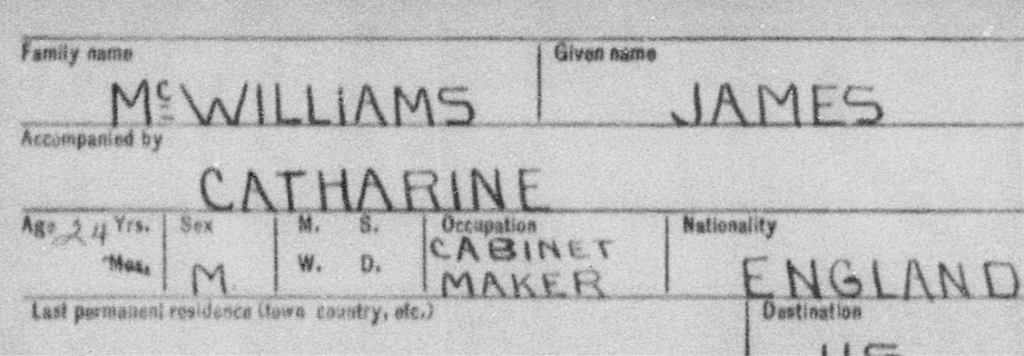



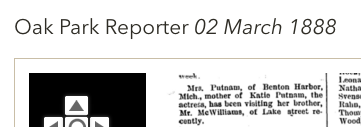 .
.


